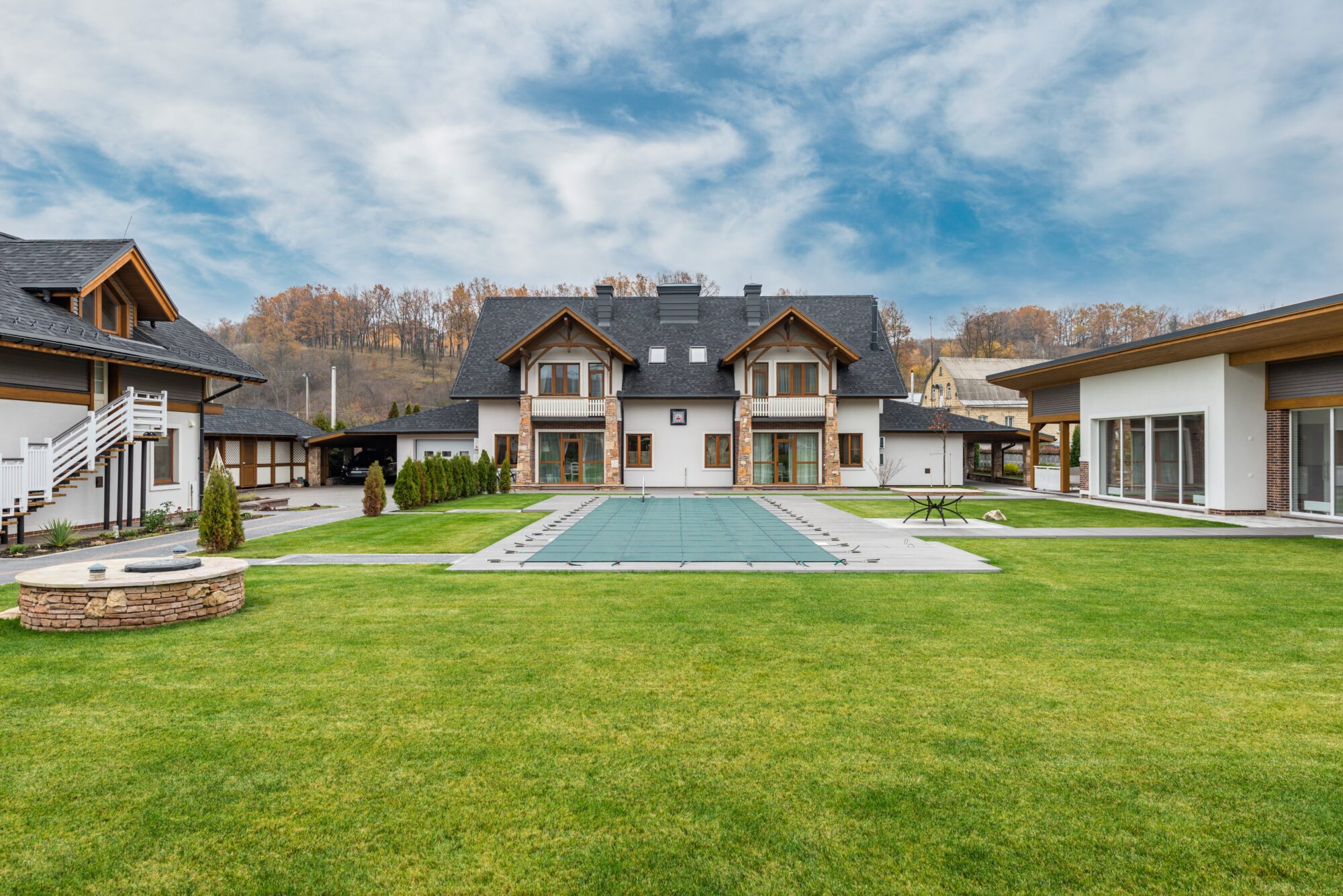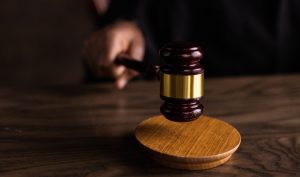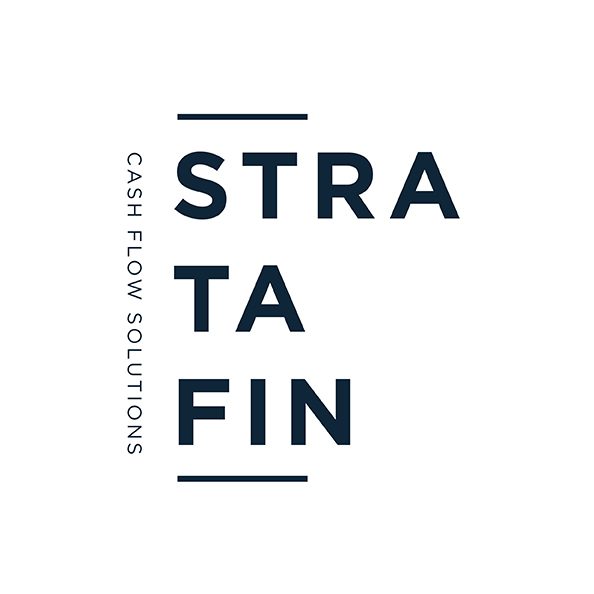The community element of sectional title schemes requires that the body corporate must maintain the common property (while owners must each maintain their section). it is important to note that no section owner can exclusively own common property, and that the owners of all sections in the scheme jointly own all the common property in undivided shares proportionate to their participation quotas (“PQ”). Therefore it important to establish which parts of the scheme form part of common property.
The sectional plan and common property
Copies of the registered sectional plans may be made at the local Deeds Registry Office, or obtained from the local Surveyor General. The sectional plan for the scheme must accurately identify and clearly show the boundaries of the common property and the sections in the scheme. The boundaries of a section are usually represented by solid black lines on the sectional plan. Everything outside the solid lines shown on the sectional plan are common property. This is important as the responsibility to maintain and/or repair will lie with either the body corporate or the owner of a section depending on where the issue is located or who it serves.
What does the legislation say about common property?
Common property is defined in the Sectional Titles Schemes Management Act 8 of 2011 (the “STSM Act”) to mean, in relation to a scheme:
(a) the land included in the scheme;
(b) such parts of the building or buildings as are not included in a section;
(c) and land referred to in section 5(1)(d) of the STSM Act and section 26 of the Sectional Titles Act 95 of 1986 (“the ST Act”).
What does this mean?
In both the ST Act and the STSM Act ‘‘land’’ means “the land comprised in a scheme as shown on a sectional plan.”
Simply put, the common property includes all the land and those parts of the buildings that are not included in the sections. One or more pieces of land can make up one schemes, and where there are two or more pieces of land they do not need to be located next to each other. The building(s) to be divided into sections bust be located on the same piece of land or must be notarially tied in the Deeds Registries Office.
Land and outer portions of building
Common property therefore includes the land and all the outer portions (outer part from median line of the floors, walls and ceilings) of the building including:
• the basement and foundations;
• the attic and roof;
• passages;
• stairwells and elevators;
• communal utility rooms such as foyers, storerooms and laundromats;
• gardens, patios and balconies;
• recreational amenities such as club houses, tennis courts and swimming pools; scheme boundary walls;
• entrance gates and driveways;
• parking bays and garages that are not shown as sections on the sectional plan.
Utility infrastructure
Common property includes most of the utility infrastructure such as:
- pipes, wires and ducts;
- plant, machinery, fixtures and fittings, equipment used in connection with the common property and sections;
- separate meters used in connection with supplying and recording services of water, electricity, internet and data connectivity;
- telephone lines and tv connection;
- gas and air conditioning;
- sewerage, drainage and garbage disposal to the common property and sections.
The exception to the rule is that owners are responsible for utility infrastructure that is/are located within their section and serve only their section. Furthermore, the geyser that supplies a section with hot water must be maintained by the owner of the section it supplies, irrespective of where it is located, and If the system supplies more than one section, the owners of those sections share the responsibility and costs.
Movables
The STSM Act empowers the body corporate to purchase, hire or otherwise acquire movable property for the use of owners for their enjoyment or protection, or in connection with the enjoyment or protection of the common property. These assets will need to be maintained by the body corporate. Some examples of movables include furniture and office equipment for reception or office area; pool furniture for use around a common property swimming pool; a generator; a pump and storage cylinder for a borehole; gardening equipment; or gym equipment.
While most of the utility infrastructure and the movables are the body corporate’s responsibility to maintain, it is not considered common property, but rather infrastructure that is used in connection with the enjoyment or protection of the common property.
Written by Dr. Carryn Melissa Durham of Stratafin













